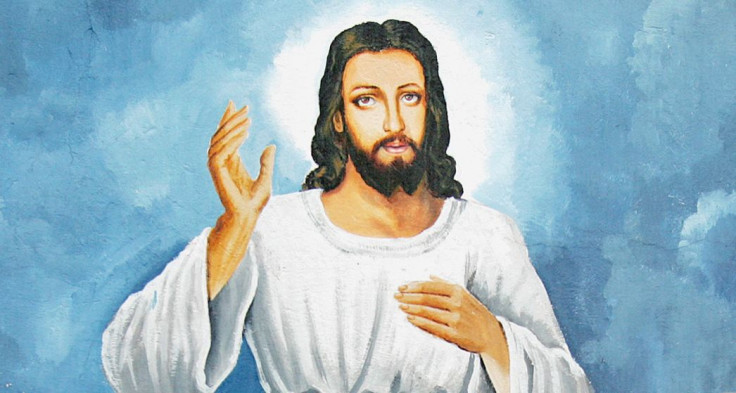Oldest Image of Jesus Found in Ancient Egyptian Tomb

A team of Spanish archaeologists have discovered an image of what they believe is the earliest known depiction of Jesus Christ.
The image is painted on to the wall of an underground stone structure located in the ancient Egyptian city of Oxyrhynchus, about 160km south of Cairo.
Experts believe the stone structure, dating to the sixth century, served as the crypt of a writer and priests.
The figure features a man in a short tunic, having curly hairs and with his hand raised in what appears to be a gesture to give blessings.
"We could be dealing with a very early image of Jesus Christ," Dr Padró of the University of Barcelona, told La Vanguardia newspaper.
The image has been protected for centuries by a thin coat of paint.
The tomb's walls also bear inscriptions which researchers are trying to decipher to identify the mystery man in the figure.
Several other figures representing plants and animals are also painted inside the structure where archaeologists also found the tomb of a writer.
"Another exceptional find of the expedition is the tomb of a scriber who was buried together with his working tools: a metallic inkpot which is still full of ink and two new pens for the deceased to write during the eternal life," Padró said in a statement.
He added: "The archaeological site of Oxyrhynchus is known for the thousands of papyri found there, but any scribe was found to date [sic]."
He said that the remains of the buried man inside the tomb belonged to a teenager.
"There are no inscriptions or markings to identify the tombs, but archaeological remains enabled to conclude that it was a person aged around seventeen years buried during the Coptic Roman period."

© Copyright IBTimes 2025. All rights reserved.




















